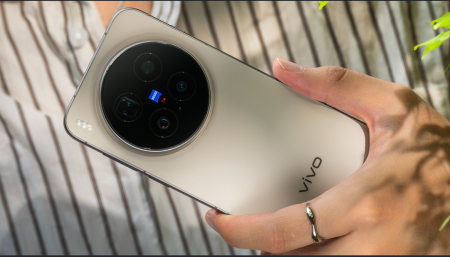Blue Origin’s successful launch of the New Shepard rocket ship marks a major milestone for the company’s ability to conduct suborbital space trips. The uncrewed shakedown cruise, named RSS Karman Line after the boundary of outer space, carried payloads instead of people during its 10-minute certification flight but is expected to pave the way for crewed flights in the near future. With a total of 27 flights since 2015, Blue Origin is looking to increase the frequency of crewed missions going forward by incorporating new technology upgrades to improve the spacecraft’s performance and reusability.
The Karman Line mission experienced a couple of delays during the countdown process, but successfully followed the playbook for suborbital space trips once the rocket engine ignited. The booster and capsule separated after reaching an altitude of over 100 kilometers, with the booster performing an autonomous landing and the capsule descending with the help of parachutes. The 12 payloads onboard included new navigation systems for New Shepard and the New Glenn rocket, LIDAR sensors for lunar landing systems, and proximity operation sensors funded by NASA’s TechFlights program.
In addition to the scientific payloads, the mission also carried a set of small-scale reproductions of the black monoliths from the movie “2001: A Space Odyssey.” These monoliths were flown on behalf of Spacemanic for a special edition printed by Amaranthine Books. The mission also included tens of thousands of student-designed postcards as part of the Club for the Future program, which collects cards from kids, sends them to space and back on New Shepard flights, and returns them to the kids as keepsakes. These initiatives highlight Blue Origin’s focus on engaging the next generation in space exploration and education.
The New Shepard spacecraft has now flown 27 times since its first flight in 2015, with this mission being designated NS-27. Specifically, eight of these missions have carried a total of 43 crew members in the human-rated capsule RSS First Step. The successful launch of RSS Karman Line represents a significant step forward in Blue Origin’s goal of increasing the frequency of crewed flights and expanding its capacity to take people on suborbital space trips. The company has also made changes to the spacecraft’s livery, simplifying the design for easier maintenance and upkeep between missions.
The Karman Line mission marks the third attempt at sending the spacecraft on the shakedown cruise, with previous attempts being called off due to technical glitches. The successful completion of the mission bodes well for Blue Origin’s plans to begin crewed flights in the near future, as the company continues to demonstrate the reliability and capabilities of its New Shepard rocket system. The completion of this milestone mission sets the stage for future crewed missions and advancements in space exploration technology, positioning Blue Origin as a key player in the commercial space industry.
Overall, Blue Origin’s successful launch of the New Shepard rocket ship represents a significant achievement for the company’s efforts to expand its space tourism capabilities. With the completion of the RSS Karman Line mission, Blue Origin is now poised to increase the frequency of crewed flights and continue to push the boundaries of space exploration. By incorporating new technology upgrades and engaging students in educational initiatives, the company is demonstrating its commitment to advancing space technology and inspiring the next generation of space explorers.












